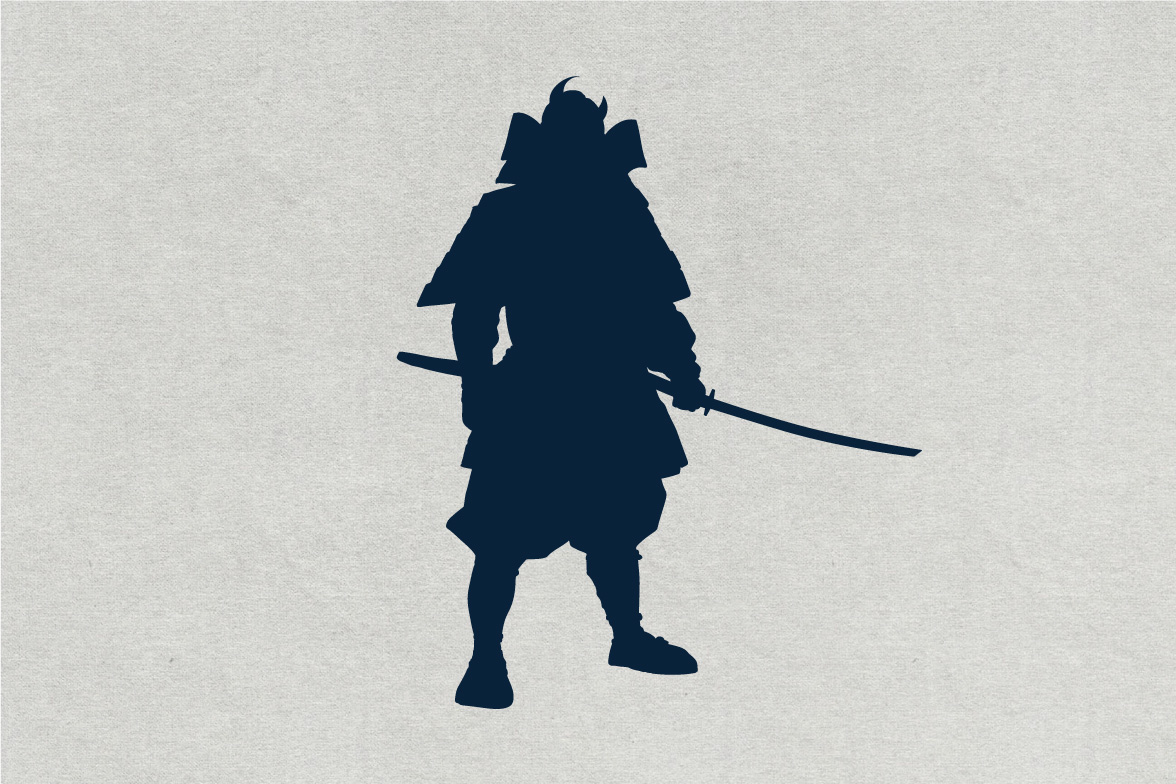Tokugawa Ieyasu (1542–1616)

Tokugawa Ieyasu was the first sei-i taishogun, the commander-in-chief, of the Edo Shogunate, and is known for establishing the foundation of the Edo Shogunate ruled by the Tokugawa Clan which lasted for 265 years.
He was born as a legitimate son of Matsudaira Hirotada, the Lord of Okazaki Castle in Mikawa Province [now eastern Aichi Province]. During his childhood and youth, he was brought up as a hostage of the Oda Clan and Imagawa Clan whose provinces were adjacent to that of the Matsudaira Clan. Upon the defeat and death of Imagawa Yoshimoto at the Battle of Okehazama in 1560, he was finally set free, and went back to Okazaki Castle to be independent. In 1562, he formed the Kiyosu Alliance with Oda Nobunaga. Ieyasu as an allied force of Oda and Tokugawa gained victories, for instance, at the Battle of Anegawa (in the area now Nagahama City, Shiga Prefecture) and the Battle of Nagashino [in the present-day eastern Aichi Prefecture], and started to stand out as a warlord. This alliance lasted until Nobunaga died at the Honnoji Incident. After the death of Nobunaga, Ieyasu reconciled with Toyotomi Hideyoshi, and chose to cooperate so that Hideyoshi could unify the whole country. In 1590, he defeated the Hojo Clan, the most influential clan in the Kanto Region, and was given Kanto’s eight provinces and moved his headquarters to Edo Castle. After the death of Hideyoshi, he was appointed as the most powerful of the Council of the Five Elders to support Hideyoshi’s successor, Hideyori. This antagonized vassals of the Toyotomi Clan such as Ishida Mitsunari, and they conflicted with each other. In 1600, Ieyasu led the Eastern Army at the Battle of Sekigahara and defeated the Western Army which was led by Ishida Mitsunari. Ieyasu finally became the de facto ruler of Japan. He was then appointed as the sei-i taishogun by the Imperial Court and established the Edo Shogunate. He enacted laws such as the Laws of the Military Houses and the Law of One Castle per Province and managed to control the daimyos (feudal lords) all over the country. After being appointed as the Great Council of State in 1616, he passed away due to illness at the Sunpu Castle. He was deified with the name of Tosho Daigongen and was enshrined in the Tosho-gu Shrine in Nikko. There is a satirical poem saying: “a rice cake named the ‘country’s unification’ was first pounded by Oda, and kneaded by Hashiba [Toyotomi], and eaten by Tokugawa while seated.” It implies Tokugawa Ieyasu unified the country without difficulty; however, the path which Ieyasu took to achieve the unification was never easy, and it can be said that his patience that had been nurtured when he had stayed in different provinces as a hostage in his childhood and youth helped enormously.
His achievements also include the post-war process after the Battle of Sekigahara at Otsu Castle; he abandoned Otsu Castle to make Otsu a commercial city and built Zeze Castle to make Zeze a military city. He is also known for donating the Niomon Gate (Deva Gate) and three-storied pagoda to Miidera Temple where many temple buildings were lost due to the confiscation of the property by Hideyoshi.
- General admission
- Otsu Castle Remains, Zeze Shrine, Onjoji Temple Niomon Gate (Deva Gate), etc.
